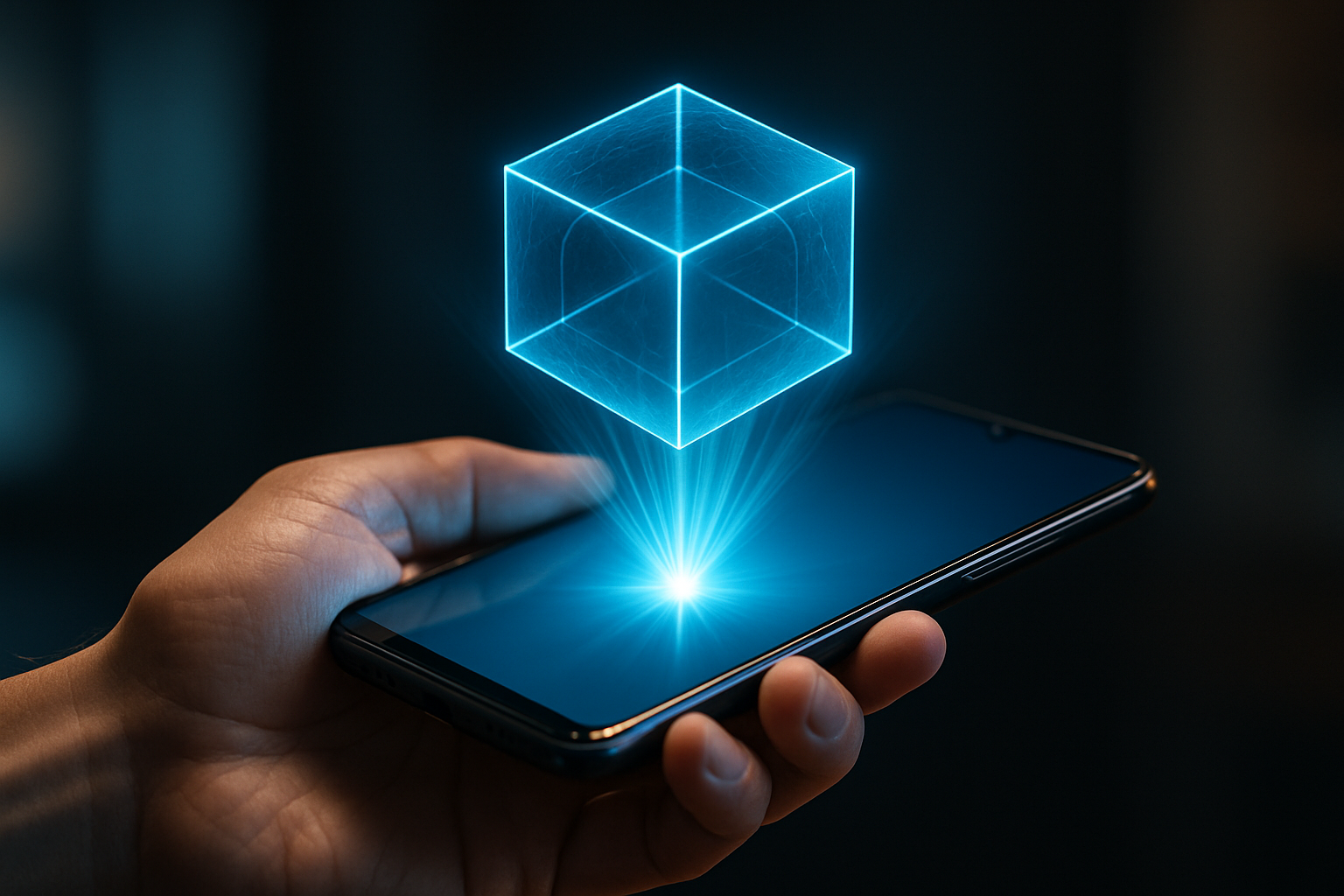Holographic Projection: The Next Frontier in Mobile Communication
In an era where digital communication reigns supreme, holographic projection technology is poised to revolutionize how we interact with our mobile devices. This cutting-edge innovation promises to transform our smartphones into portable holographic displays, bringing science fiction to life. As tech giants and startups alike race to perfect this technology, we stand on the brink of a new age in mobile communication that could reshape our digital landscape.

Current State of Mobile Holographic Technology
While fully-realized mobile holography remains on the horizon, several companies have made significant strides in recent years. Tech startups like Looking Glass Factory and Leia Inc. have introduced early iterations of holographic displays for smartphones, albeit with limitations in resolution and viewing angles. These pioneering efforts have demonstrated the potential of the technology and sparked interest from major players in the mobile industry.
Challenges in Miniaturization
One of the primary obstacles in bringing holographic projection to smartphones is the challenge of miniaturization. Traditional holographic systems require substantial power and complex optical arrangements, which are difficult to compress into the slim form factor of modern mobile devices. Engineers are working tirelessly to develop more efficient light sources and compact optical systems that can fit within the constraints of smartphone design without compromising on image quality or battery life.
Applications Beyond Communication
While video calls and messaging are obvious applications for mobile holography, the technology’s potential extends far beyond simple communication. Augmented reality gaming could be transformed, with holographic characters and objects seamlessly integrated into the user’s environment. Educational apps could project 3D models for interactive learning experiences, while navigation systems could display holographic maps and directions in real-time. The possibilities are as vast as they are exciting.
The Road to Market
Industry analysts predict that the first commercially viable holographic smartphones could hit the market within the next three to five years. Early adopters can expect to pay a premium, with estimated prices ranging from $1,500 to $2,500 for initial models. However, as with most emerging technologies, costs are expected to decrease rapidly as production scales up and the technology matures.
Privacy and Social Implications
The advent of mobile holography raises important questions about privacy and social norms. How will holographic projections be regulated in public spaces? What new etiquette will emerge around holographic communication? As the technology becomes more prevalent, society will need to grapple with these and other unforeseen challenges.
The Future of Mobile Interaction
As holographic projection technology continues to evolve, it has the potential to fundamentally alter our relationship with mobile devices. The transition from 2D touchscreens to 3D holographic interfaces could be as transformative as the shift from button phones to smartphones. This leap forward promises more intuitive and immersive digital experiences, blurring the lines between the physical and digital worlds in ways we’re only beginning to imagine.
In conclusion, mobile holographic projection stands at the cusp of transforming our digital lives. While significant technical hurdles remain, the rapid pace of innovation in this field suggests that we may soon be carrying the power of holographic displays in our pockets. As this technology matures, it will undoubtedly open up new frontiers in communication, entertainment, and productivity, ushering in an exciting new chapter in the mobile revolution.




